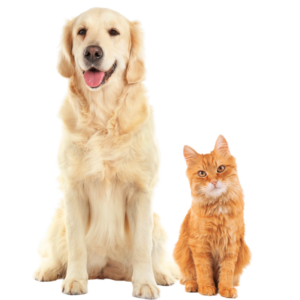Just like humans, dogs and cats can also develop plaque. To learn more about the most common oral health problems in pet and how to prevent/treat them, keep reading this page or get in touch with our team.
What are the most common dental problems in cats and dogs?
Bad breath is a common complaint for pet owners. This is often caused by plaque buildup, which leads to bacteria growth and increases the risk of infection. When plaque isn’t removed by scaling, it can cause more serious problems such as gingivitis or periodontitis. Loose teeth, jaw pain and difficulty eating are also good indications that it’s time for a visit to the vet.
How can I prevent my pet from developing oral health problems?
Preventing plaque is the best way to keep it from causing other health problems for your pet. Plaque is an accumulation of tartar that has hardened on the teeth. The best way to prevent it is to brush your pet’s teeth every day. It only takes 24 to 48 hours for tartar to turn into plaque. This condition is particularly prevalent in cats and small dogs. Along with daily brushing, you can give your pet special tartar-prevention foods and treats. Of course, treats alone aren’t enough. They should complement a good tooth brushing routine.
What is scaling?
Your vet may recommend scaling if they think there’s too much plaque buildup on your pet’s teeth. This quick procedure is very effective and is performed at the veterinary hospital. When scaling isn’t done in time, plaque hardens under the gumline and leads to an infection known as gingivitis. If gingivitis is left untreated, the infection will spread until it results in periodontitis, which is very painful and needs to be treated quickly. Your pet will be placed under general anesthesia during scaling because the vet has to scrape each tooth with a special tool. This procedure is painless, and your pet will feel the benefits as soon as they wake up. A pet that comes to the clinic in the morning for scaling can usually leave by early evening.




